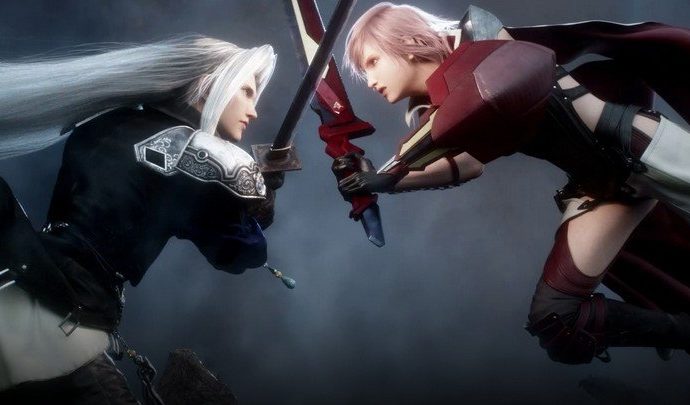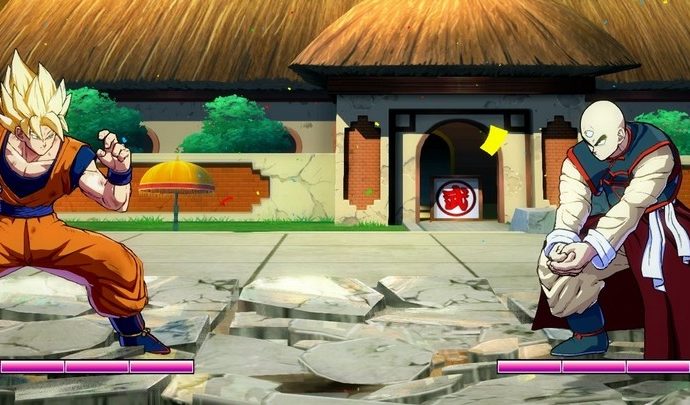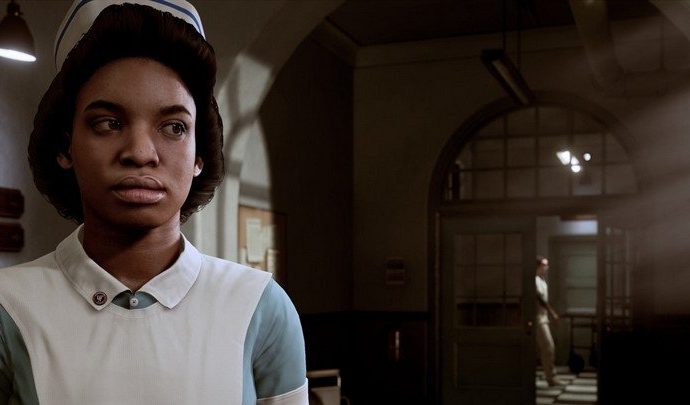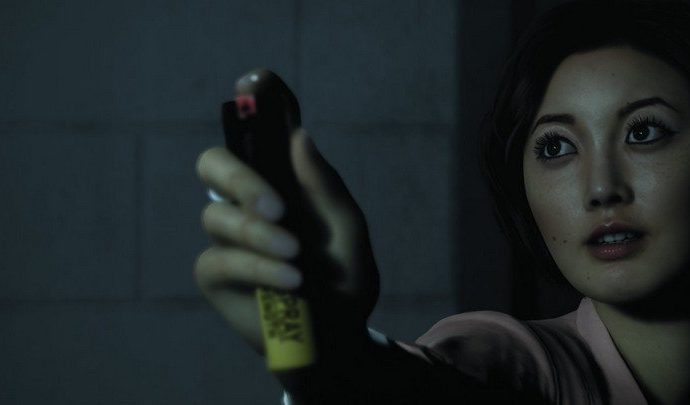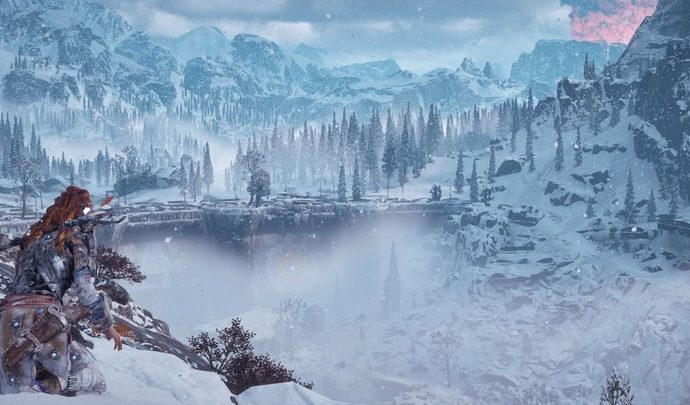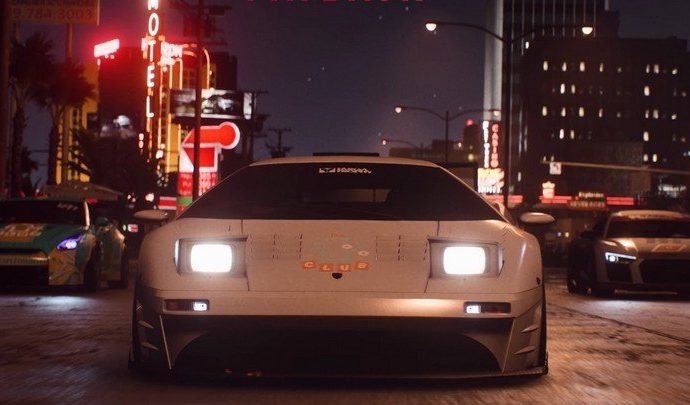The RPG games genre has been a Japanese game school specialty for a long time and has raised numerous gamers. The same gamers will say that jRPG games are no longer what they once were, which is true, but will also be happy to find out where jRPG titles are today. The game called Lost Sphear counts on this fact, offering gamers a grain of nostalgia and striving to achieve the quality of a class like Chrono Trigger or Secret of Mana.
In the spiritual successor of the game I Am Setsuna Tokyo RPG Factory offers another classic retro “old school” jRPG with a wonderful presentation, as well as predictable elements. Although Lost Sphear is a fairly cute adventure in its humble way, its biggest problem is that, as a predominantly old school project, it is not trying anything too ambitious, new or interesting.
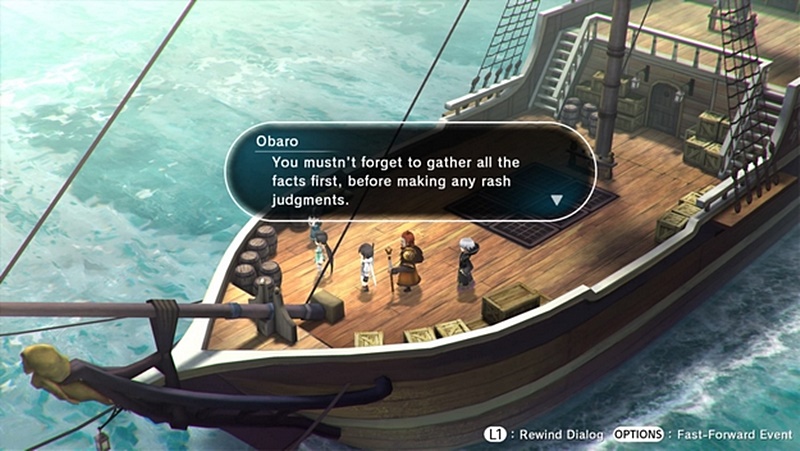
Perhaps the best thing about Lost Sphear is the same thing in Setsuna, which is a charming visual presentation with the so-called “chibi” characters. However, Lost Sphear is trying to move away from its precursor by delivering a new story, different characters and fresh issues, but the fact that the entire recipe is quite identical, not just to Setsuna but also many other games in the genre, soon becomes a foretold and boring experience.
The main guy called Kanata is an orphan who one day wakes up with a power to heal the “loss” of certain parts of the world and its citizens. As such, he becomes the “chosen” rescuer set on a journey to cure the world, and this mission gets complicated when he learns that the forces of the local empire are trying to exploit him for their own selfish purposes. Kanata along the course of his journey naturally meets the ensemble of companions who will follow him, but for almost every of these characters what missed was a fair introduction.
You see, Lost Sphear is so taken by retelling its concept that it completely forgets to incorporate any secondary life situations or activities that are otherwise essential to make such world seem worthy of saving.
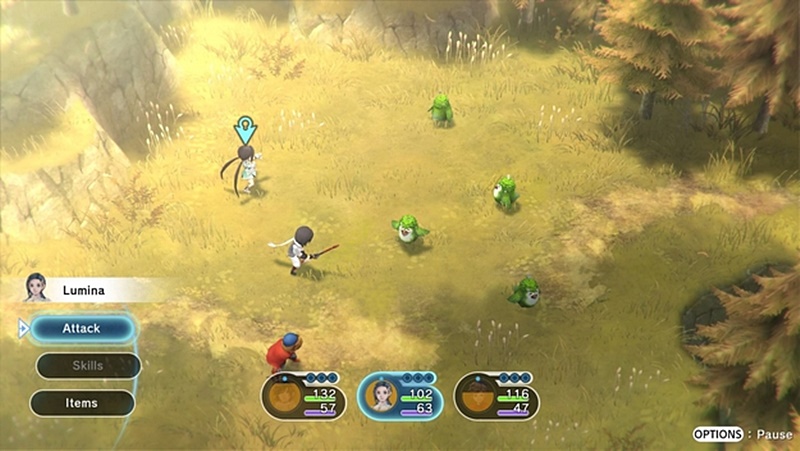
It could be concluded that the fighting system is another important feature of the genre, because when it is fun, it is easier for us to ignore the inevitable and totally irritating grinding. On one side it is done in moves, but on the other side in the system of real time. You position the characters strategically in the battlefield to hit as many heads as possible in the smallest number of moves.
The only thing that is desirable to follow is the so-called “Momentum”, a function that fills up during the fight and you use it with its timed activation for additional strikes or certain effects. You can customize them in a handsome style. For example, one strengthens you, and the other slows down or agitates the enemies.
All the special attacks are here just for you to do something that is not a basic swing of a stick, and the only reason why it is better to have them is mostly to wait for “cooldowns” that last several rows. Because of this, you will throw stones and stuffed bears on an opponent whose weakness is fire as you have nothing else to do while waiting to use fire again.
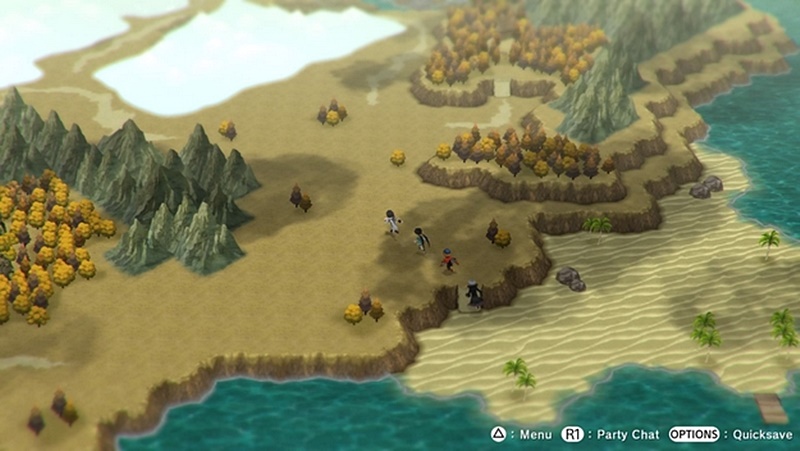
The starting point of rescuing the world is thus far less significant when you realize that there are only three islands, two major cities and just a few villages nearby, with perhaps a little cave or a ruin behind the corner. The main story will take you through all of them, so you are left with very little to explore on your own curiosity.
Perhaps the most fun thing about the game was discovering and curing this “loss” around the world because you do it by using “artifacts”. You can clean every kind of “spot” in the world by building a certain type of building in the foreseen places nearby. In addition to unlocking a new surface, they also give you some benefits. For example, one has raised the speed of travel, others have increased the prizes won, and some of them also add to the performance of the characters in the fight. In any case, since there are more artifacts than the places where you use them, each player can modify the rest of the adventure as desired.
As you can see, in Lost Sphear, it’s possible to find a cool little thing, but also a bunch of other misguided systems that can never achieve a satisfying whole. All of them are kind of piled one on another just to seem complex. Although they are still somehow functional, they are, in the end, insufficiently interesting to justify the enormous amount of hours that you can spend on playing the game, unless you have never played any other jRPG title.



